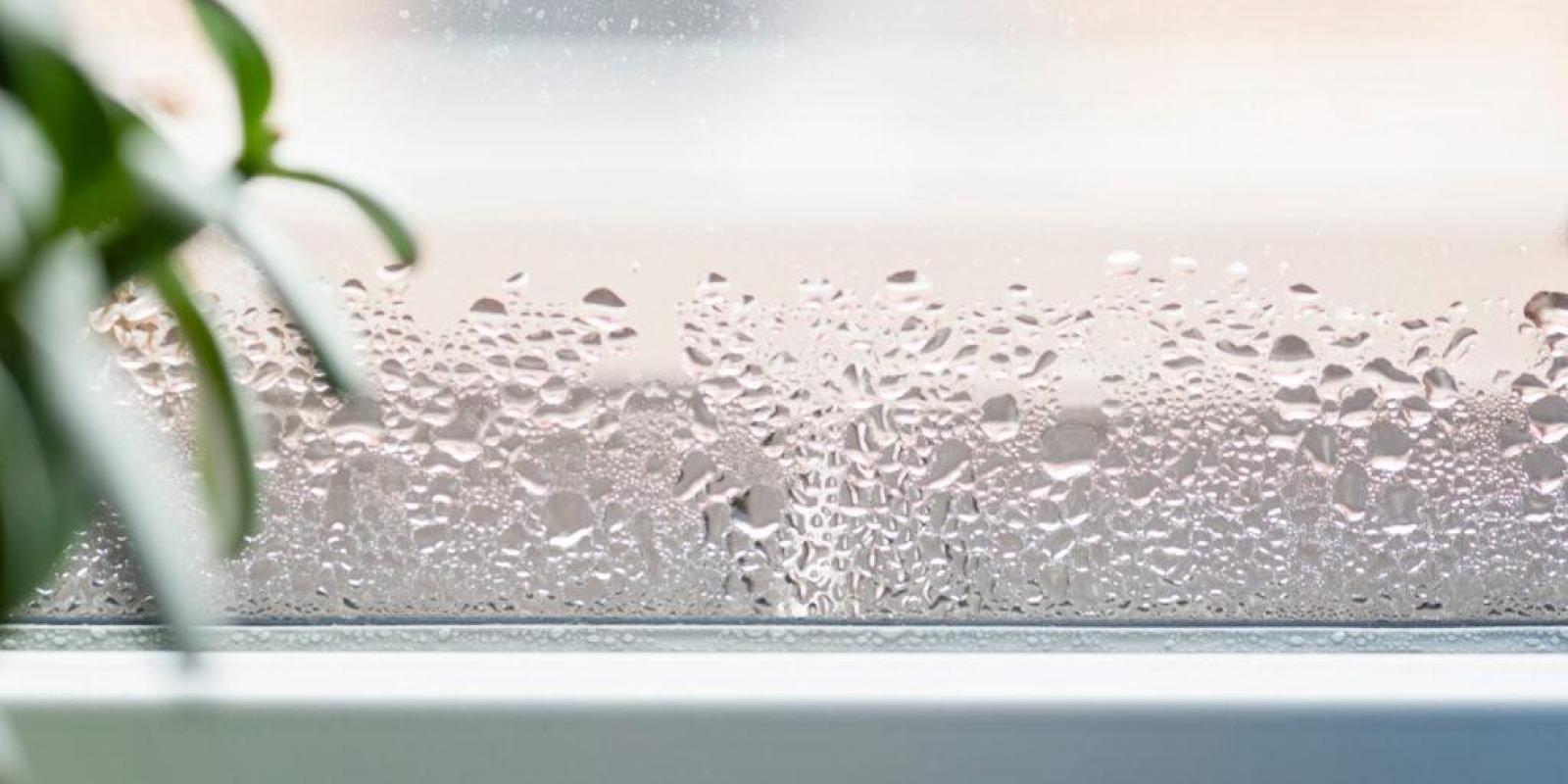Indoor Air Quality3min read
Why You Should Monitor the Humidity Levels in Your Home
Maintaining good air quality in your home is important for the health of your entire family.

Maintaining good air quality in your home is important for the health of your entire family.

Getting Started Guide
Learn helpful HVAC tips and tricks before you purchase your system.
Warranty & Registration
A healthy HVAC system can last longer and save money. Maintain your system with these tips.
Dealers can answer questions, help you find the right products for your home, and repair your system.
Connect with our Customer Care team about your products, warranties, and dealer concerns.
Available Monday – Friday from 7am to 5pm CST
A phone